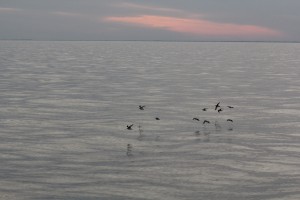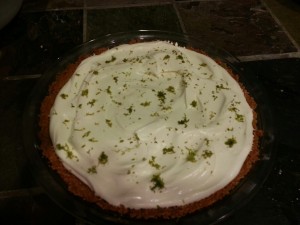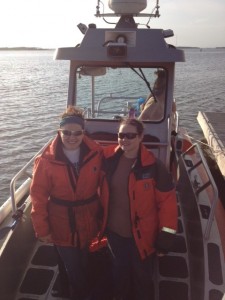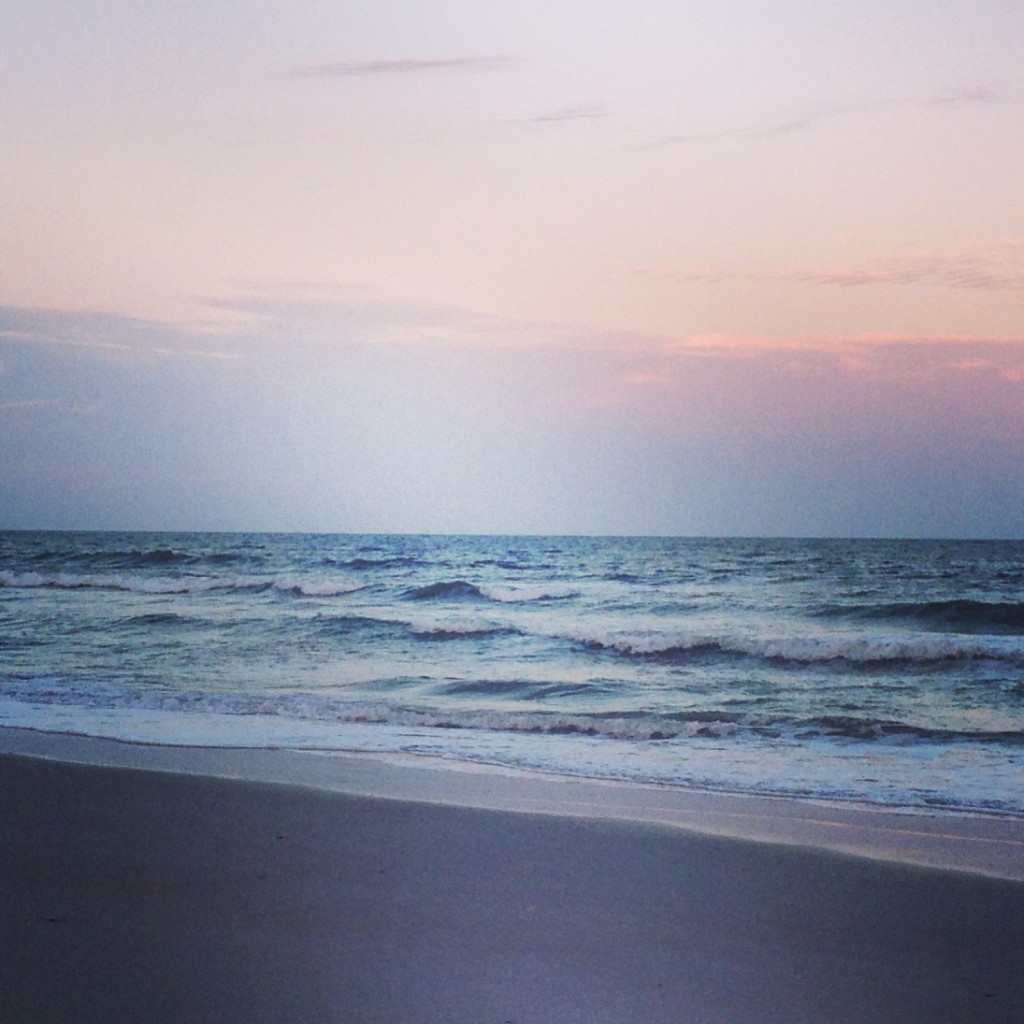Yesterday started out as a great day at only 7am. The weather was looking great for the day, we had Selkie back and all of our gear was packed up and ready to go by 8:30. Not long after we launched, the plane called and we were on a mother/calf pair by 10am! Now that is what a day should start like!
We started working our pair, taking photos and video, and soon another pair popped up to join the fun. After the initial confusion of who was who and what was what, we decided to follow #3294 and her calf. We were ready to start getting behavioral data, photographs, and video all by 10am. Our day was getting better and better, but it was soon about to get even better!
The best way to get the best behavioral data is simply to shut down the engine and drift. We hope that doing so will allow the animals to relax a bit and maybe forget we are there, even for a little while. So that’s what we did. With the whales still a couple hundred meters off, we turned off our engine and settled in to watch. Then we noticed the calf starting to swim our way…and he kept on swimming. Pretty soon we knew we were going to have what we call a “curious approach”, which is when a whale (usually a calf) comes close to the boat as if curious about what it is.
Well this calf was indeed very curious. He swam close to the starboard side, popped up his little head (like Leanna, I use the term little loosely), and took a look. He then proceeded to go around to take a look at our port side. Back and forth he went for a minute or so, doing some rolls on his side to take a better look at us. He was probably wondering what all these little orange things were doing on this big orange thing! Well conveniently for us, while he got a better look we also got to take a much better look at him. We even got to confirm that he was indeed a he, which is a pretty hard task for any right whale let alone a calf! We followed them for another 4 hours until it was time for us to head home with a lot of data and quite the story. Now THAT’s a good day!







